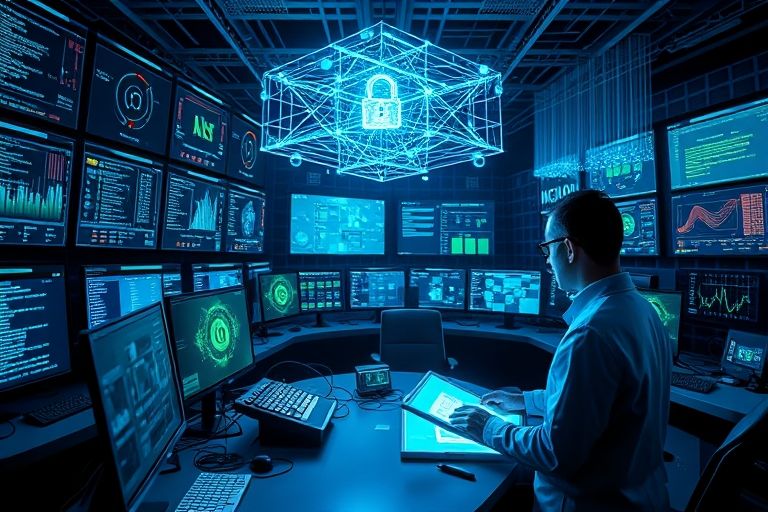The Vital Role of Cybersecurity Forensics in Today’s Digital Landscape
In today’s digital age, cybercrime is a growing threat to individuals and businesses alike. With the rapid advancement of technology, cybercriminals are finding new and sophisticated ways to breach security systems and steal sensitive information. Cybersecurity forensics is an essential tool that helps in the investigation and prevention of cybercrime.
What is Cybersecurity Forensics?
Cybersecurity forensics involves the collection, preservation, and analysis of digital evidence in order to investigate and respond to cybercrime incidents. It helps in identifying the source of a cyber attack, the extent of the damage caused, and the steps needed to prevent future incidents. The process involves a range of techniques including network analysis, data recovery, and forensic analysis of digital devices.
Why is Cybersecurity Forensics Important?
Cybersecurity forensics is crucial in today’s digital landscape because of the increasing frequency and severity of cyber attacks. Cyber criminals are becoming more sophisticated in their methods, making it difficult for traditional security measures to keep up. Cybersecurity forensics provides a proactive approach to cybersecurity, helping organizations to identify and mitigate potential threats before they cause significant damage.
Examples of Cybersecurity Forensics in Action
- Network Analysis: Network analysis involves the examination of network traffic to identify anomalies or patterns that may indicate a cyber attack. By analyzing network traffic, cybersecurity professionals can detect potential threats and respond proactively.
- Data Recovery: Data recovery involves the process of restoring data that has been lost or deleted due to a cyber attack. By recovering lost data, organizations can minimize the impact of a cyber attack and resume normal operations more quickly.
- Forensic Analysis: Forensic analysis involves the examination of digital devices to identify evidence of a cyber attack. This can include analyzing computer logs, examining hard drives, and reviewing emails and other digital communication.
Statistics and Facts on Cybersecurity Forensics
- According to a study by IBM, the average cost of a data breach in 2020 was $3.86 million.
- A report by Cybersecurity Ventures predicts that cybercrime will cost the world $6 trillion annually by 2021.
- Over 90% of cyber attacks begin with a phishing email, according to a report by Verizon.
- The global cybersecurity market is projected to reach $248.26 billion by 2023, according to a report by MarketsandMarkets.
How to Implement Cybersecurity Forensics
Implementing cybersecurity forensics requires a proactive approach to cybersecurity. This involves a range of measures including:
- Regularly monitoring network traffic for potential threats.
- Implementing strong password policies and multi-factor authentication.
- Providing regular cybersecurity training to employees.
- Regularly backing up data to minimize the impact of a cyber attack.
- Partnering with cybersecurity professionals to implement a comprehensive cybersecurity strategy.
The Bottom Line
Cybersecurity forensics is an essential tool in today’s digital landscape. By implementing a proactive approach to cybersecurity and utilizing the latest cybersecurity forensics techniques, organizations can identify and respond to potential threats before they cause significant damage.
